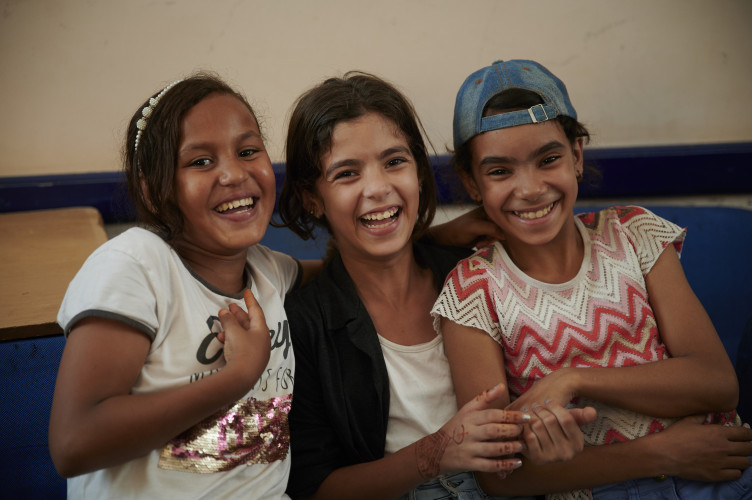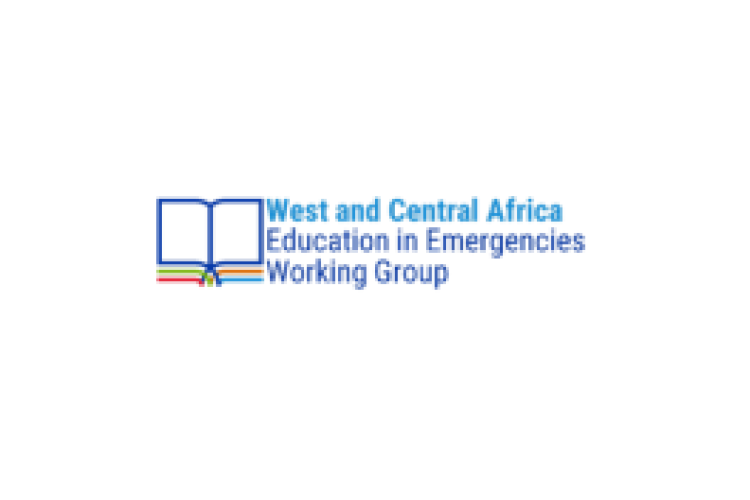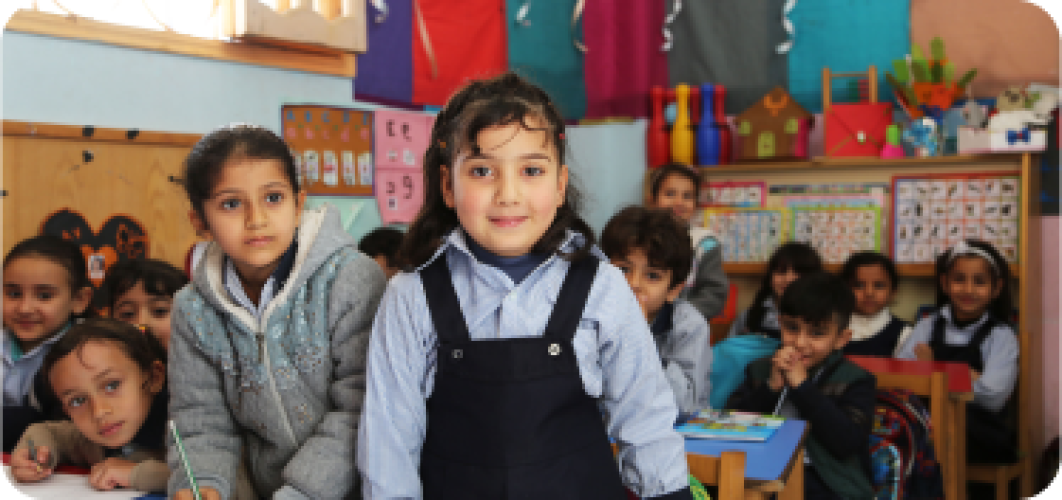
Grupo Regional de Educación para Latinoamérica y el Caribe
Regional Education Group for Latin America and the Caribbean

Grupo Regional de Educación para Latinoamérica y el Caribe
Regional Education Group for Latin America and the Caribbean

The Regional Education Group for Latin America and the Caribbean (GRE-LAC), created in 2011, is dedicated to supporting Ministries of Education and Humanitarian Coordination Mechanisms in risk, disaster, and migration management. This group works to promote educational strategies that serve children and adolescents affected by crises in the region. It is made up of 18 civil society organizations, United Nations agencies, networks such as INEE (Inter-Agency Network for Education in Emergencies), and donors. It also includes international partners in the education sector, such as the Global Partnership for Disaster Risk Reduction and Resilience in the Education Sector (GADRRRES) and the Global Education Cluster (GEC).
GRE-LAC serves as the regional coordination mechanism for the education sector in the development of strategies for disaster risk management and emergency response, including those related to human mobility. Through coordinated and collaborative efforts, it implements relevant activities and projects that uphold the right to education in contexts of emergencies, disasters, or crises—whether natural or anthropogenic.
Additionally, GRE-LAC acts as the coordinating member of the education sector for the Regional Group on Risks, Emergencies and Disasters (REDLAC) and the Inter-Agency Coordination Platform for Refugees and Migrants (R4V). Its collaborations are essential to maintaining education as a priority in regional emergency responses, ensuring access, retention, and quality education for all children and adolescents, even in situations of adversity.

Objectives
• Strengthening educational capacities in the face of emergencies
Promote the development and strengthening of capacities in emergency, disaster, and crisis preparedness and response in the education sector of Latin American and Caribbean countries, including decision-makers, to foster a culture of preparedness, risk reduction, and resilience in education.
• Implement educational actions according to needs
Promote the implementation of actions in the education sector, according to the needs identified at the regional, national, and local levels, based on the work plan.
• Research and analyze educational impact
Promote research, collection, systematization, analysis, and exchange of information to establish evidence of the impact of disasters or crises on the education sector, as well as progress in disaster risk reduction (DRR) and education in the context of emergencies, disasters, and/or migration crises.
• Advocating for education in emergencies
Demonstrate the impact of disasters and/or migration crises on education, in order to advocate for its inclusion as a fundamental part of the humanitarian response, guaranteeing the right to education during emergencies and/or crises, including for refugees and asylum seekers.
• Incorporate rights for all groups
Ensure that actions incorporate a rights-based approach, considering the needs of the most vulnerable groups and issues such as social risks, gender-based violence, and the environment, among others.
• Support education with technical advice
Support Ministries of Education and Humanitarian Coordination Mechanisms in the education sector with technical advice, capacity building, and direct support to ensure access to and continuation of educational services.
Key Priorities
Accomplishments
- Resilient Schools and Disaster Risk Reduction MOOC [Spanish]
- Guidance: Guide for the Adaptation of the Curriculum in Emergency Situations [Spanish]
- Regional Consultation on Coordination Mechanisms in the Education Sector [Spanish]
- GRE-LAC's position on the priority of education in emergency situations in the face of declining funding for humanitarian action [Spanish] [English]
- What’s GRE-LAC? Animated video [Spanish]
- What are the Education Coordination Mechanisms? [Spanish]
- Regional Status of School Safety 2024: Latin America & the Caribbean [English]
- Infographic map of GRE-LAC initiatives [English]






